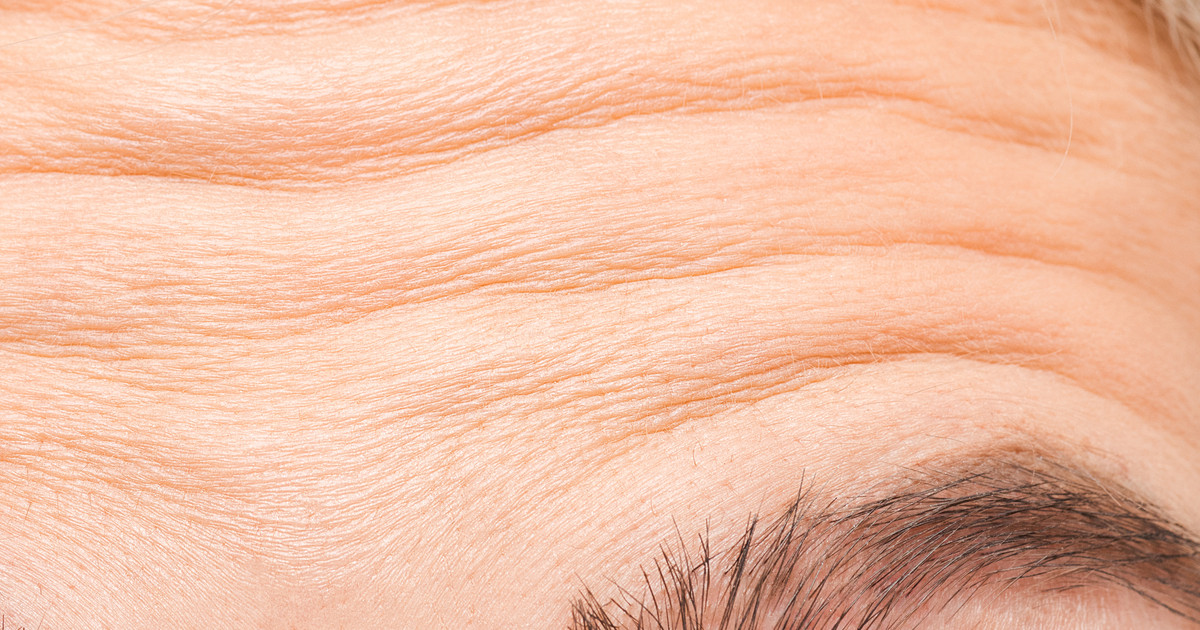Guide To The Benefits And Risks Of Eyebrow Lifts And Fillers
An eyebrow lift is intended to enhance the skin on an individual's forehead, particularly around the brows. Eyebrow filler injections can also be effective at rejuvenating the eyebrow and forehead. They are an alternative to a surgical eyebrow lift. An eyebrow lift is often more effective for smoothing out wrinkles, lines, and sagging skin around the eyes than filler injections. However, an eyebrow lift is a surgical procedure that requires the use of anesthesia. It also has a longer recovery time.
As mentioned, both eyebrow lifts and brow fillers seem to be effective wrinkle treatments. This is good news, as most individuals want to get rid of frown wrinkles between their eyebrows. Additionally, no one wants to deal with the struggle of sagging skin on their forehead. Of course, individuals need to know that along with benefits, eyebrow fillers and lifts can also come with some risks.
Reduce Appearance Of Forehead Wrinkles

The presence of wrinkles on an individual's forehead can cause unintentional alterations in their facial expressions. Forehead wrinkles can cause an individual to appear older than they actually are. Some individuals may be more susceptible to wrinkle development in their forehead because of genetics, excessive sun exposure, skin elasticity loss, and aging. Dermal filler injections work to reduce the appearance of forehead wrinkles by utilizing a substance referred to as hyaluronic acid. One major function of hyaluronic acid is that it enhances the skin's ability to absorb water. An increased amount of water absorbed by the skin causes a more plump appearance in the wrinkled areas that are injected. An eyebrow lift can also help improve the appearance of forehead wrinkles. An individual's tissues are maneuvered, and the portions of skin and muscles that cause the deep forehead wrinkles are removed during an eyebrow lift.
Continue reading to uncover more about the benefits of eyebrow lifts and fillers now.
Treat Sagging Eyebrows

A brow line with a heavy, sagging, or furrowed appearance can cause others to perceive an individual as angry, worried, or tired when they are not. Sagging eyebrows occur in an individual when the specific muscle that is responsible for keeping the eyebrows and eyelids in their respective positions becomes overwhelmed or strained. Gravity pulls on the strained muscles and causes these areas of skin to slide down.
Several medical conditions may also be responsible for sagging eyebrows, such as upper eyelid ptosis. This condition occurs when some mechanism causes the paralyzation of the levator muscle. This muscle is responsible for holding the brow in its correct position. A surgical eyebrow lift can correct sagging eyebrows that have developed as a result of these mechanisms. An eyebrow lift helps with this issue by physically anchoring the sagging tissues to sturdier tissues that sit above them. Alternatively, it can be accomplished by the excision of excess worn out tissues and suturing the remaining tissues tightly together.
Reveal additional benefits of eyebrow fillers and lifts now.
